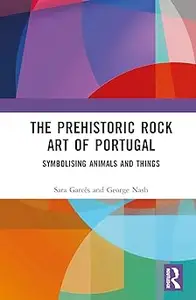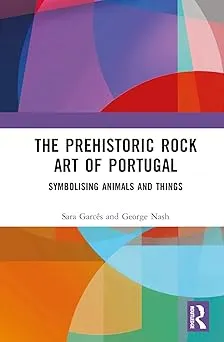George Nash, "The Prehistoric Rock Art of Portugal: Symbolising Animals and Things"
English | ISBN: 0367337827 | 2023 | 368 pages | EPUB | 29 MB
English | ISBN: 0367337827 | 2023 | 368 pages | EPUB | 29 MB
The Prehistoric Rock Art of Portugal presents significant interpretive perspectives in Portuguese rock art research and offers an excellent representation of core rock art areas, along with current thinking and interpretations.
The various chapters deliver a personal approach to the many issues, themes and approaches that are embedded within the rock art of the outpost of western Atlantic Europe. Ethnographical perspectives have often dominated the study of rock art but unlike other well-studied regions, the western Iberian Peninsula is absent of an ethnographical or ethno-historical past and therefore the production of rock art can only be archaeologically assessed. Thus, the work promotes interpretive perspectives on Portuguese rock art, illustrating the richness, chronology and context of these unique artistic expressions and explores the variability of rock art imagery and the diversity of landscapes and social contexts in which it was produced.
Read more



